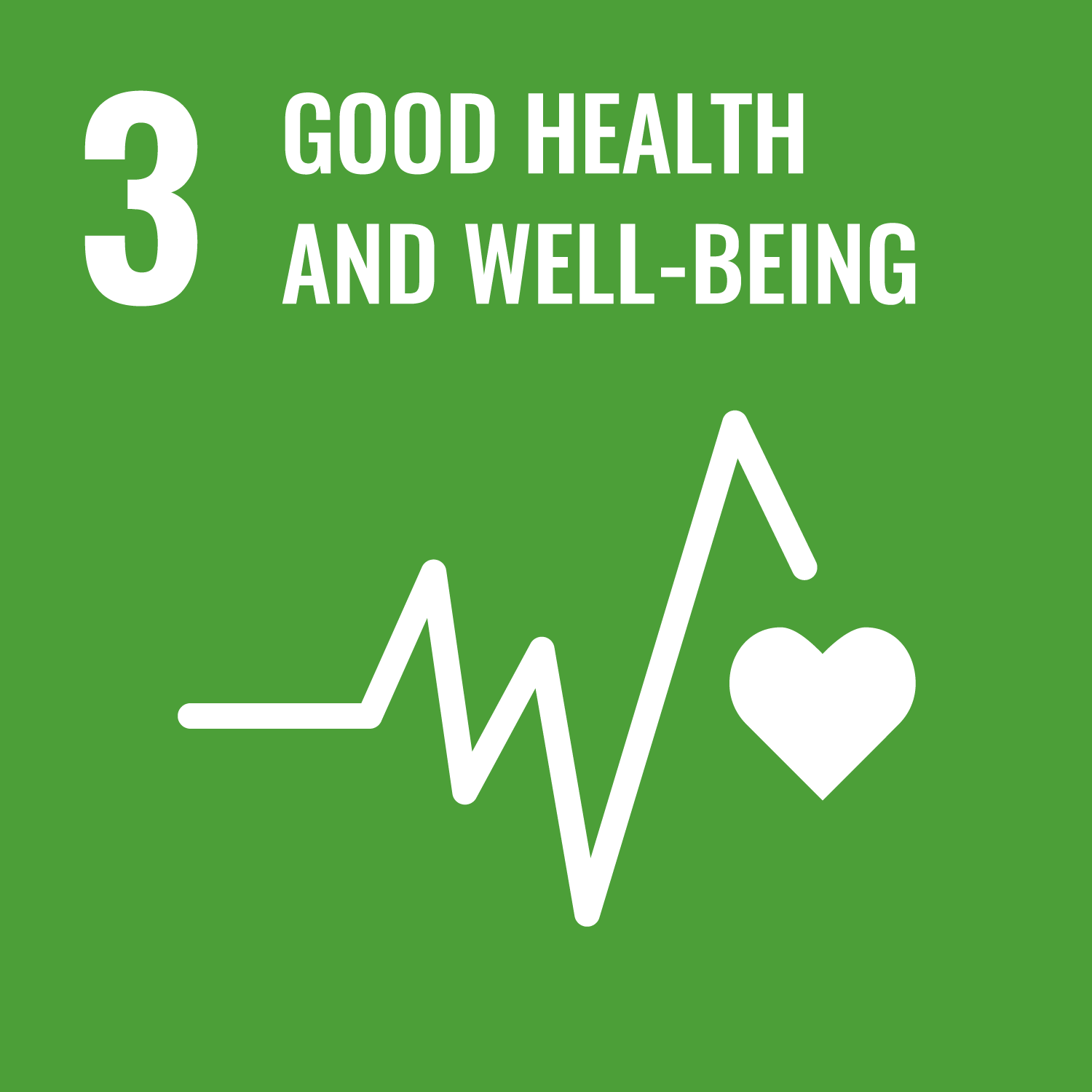ORCID
- Kevin Hambridge: 0000-0002-7809-5025
- Pat Schofield: 0000-0003-4242-754X
- Jos M. Latour: 0000-0002-8087-6461
Abstract
Background: Endotracheal suction catheters are often used multiple times during endotracheal suctioning procedures in resource-limited intensive care units (ICU). The impact of this practice on mechanically ventilated patients' outcomes remains unclear. Aim: The aim of this feasibility randomized controlled trial (fRCT) is to assess the feasibility and acceptability of single-use versus multiple-use endotracheal suction catheters flushed with chlorhexidine in mechanically ventilated ICU patients. Study Design: This study is a three-armed fRCT with an embedded qualitative study. Results: The trial involves three groups. One group includes endotracheal suctioning using a single-use catheter; the second group includes a multiple-use endotracheal suction catheter flushed with chlorhexidine and the control group includes a multiple-use endotracheal suction catheter flushed with normal saline. Sixty adult ICU patients (20 in each group) will be recruited, along with 12–16 ICU nurses delivering the interventions, and 12–16 patients' next-of-kin for semi-structured interviews. The study protocol has been approved by two ethics committees. Study recruitment will be conducted over an 8-month period with an expected start date of 12 April 2024. Conclusion: The feasibility outcome measures will be recruitment, retention, and follow-up measures as well as the identification of clinical outcomes such as Ventilator-Associated Pneumonia (VAP) using the modified clinical pulmonary infection score, and ICU length-of-stay. Relevance to Clinical Practice: This study will help ICU nurses to understand how different methods of endotracheal suctioning affects patients in ICUs with limited resources. The findings could influence clinical practice and improve patient outcomes.
DOI Link
Publication Date
2025-01-02
Publication Title
Nursing in Critical Care
Volume
30
Issue
4
ISSN
1362-1017
Acceptance Date
2024-11-20
Deposit Date
2025-01-17
Funding
The researcher (Mohamed H. Eid) is funded by a PhD scholarship (MM71/22) from the Ministry of Higher Education of the Arab Republic of Egypt.
Additional Links
https://onlinelibrary.wiley.com/doi/full/10.1111/nicc.13227, https://www.scopus.com/pages/publications/85213988438
Keywords
airway management, chlorhexidine, endotracheal suctioning, ventilator-associated pneumonia, green ICU
Recommended Citation
Eid, M., Hambridge, K., Schofield, P., & Latour, J. (2025) 'Single-use versus multiple-use endotracheal suction catheters flushed with chlorhexidine in mechanically ventilated ICU patients: A study protocol of a feasibility randomized controlled trial with an embedded qualitative study', Nursing in Critical Care, 30(4). Available at: 10.1111/nicc.13227


